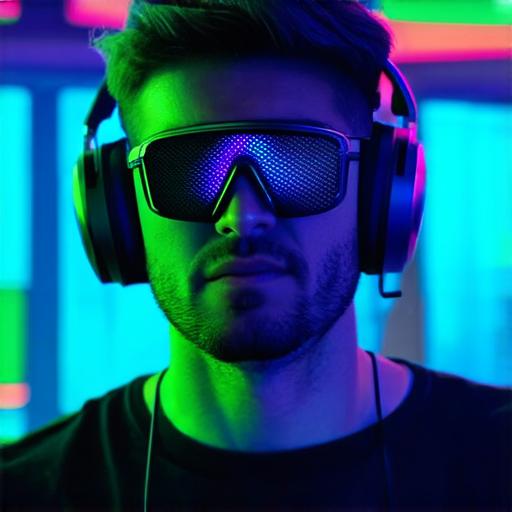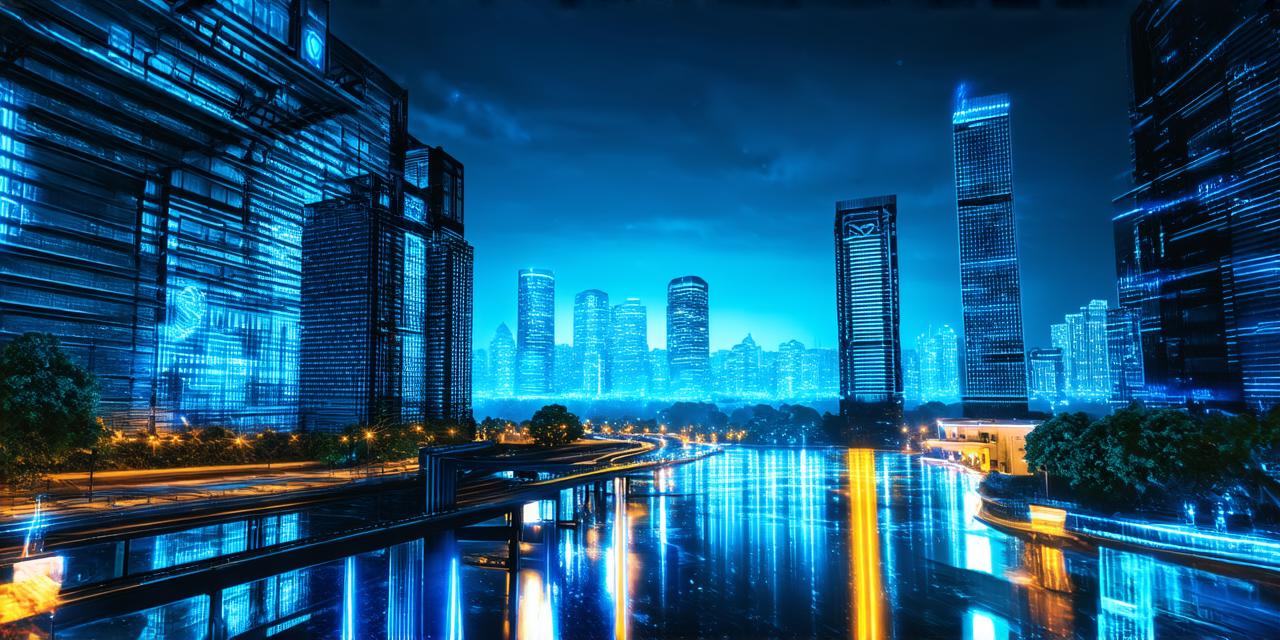What is Augmented Reality?
AR is a technology that overlays digital content onto the real world, creating an interactive, immersive experience. It allows users to interact with virtual objects in their physical surroundings, making it possible to create engaging and interactive experiences that are more engaging than traditional forms of media. AR has become increasingly popular in recent years, with social media platforms like Snapchat and Instagram introducing features that allow users to add digital filters and effects to their photos and videos.
The Benefits of Augmented Reality for Events
1. Enhancing Attendees’ Experience
AR can be used to create an engaging and interactive experience for attendees, enhancing their overall perception of the event. For example, AR can be used to provide attendees with a virtual tour of the event venue, allowing them to explore different areas and get a sense of the layout before attending. This can help attendees feel more comfortable and confident in their ability to navigate the event, leading to a more positive experience overall.
AR can also be used to provide attendees with real-time information about the event, such as schedules, maps, and directions. By providing this information in an interactive and immersive way, AR can help reduce the time attendees spend searching for information and increase their engagement with the event content.
2. Improving Engagement
AR can help increase engagement by creating interactive elements that encourage attendees to interact with the event content. For example, AR scavenger hunts can be used to encourage attendees to explore different areas of the venue and complete tasks or challenges. This can help attendees feel more engaged with the event and create a sense of competition among attendees.
AR can also be used to create immersive experiences like virtual product demos or gaming zones, which can attract younger audiences and create a fun and engaging atmosphere. For example, at a car show, AR can be used to provide attendees with an interactive experience that allows them to explore different car models in a more immersive way.
3. Increasing ROI for Event Organizers
AR can help event organizers increase their return on investment (ROI) by providing attendees with a more personalized and interactive experience. For example, AR can be used to provide attendees with personalized recommendations based on their interests or past behavior, increasing the likelihood of them making a purchase or signing up for a service. This can help event organizers generate more revenue from the event and increase their ROI.

AR can also be used to create targeted advertising campaigns that are tailored to specific audiences and event themes. For example, at a music festival, AR can be used to provide attendees with personalized recommendations based on their musical preferences, increasing the likelihood of them purchasing tickets for their favorite bands or artists. This can help event organizers generate more revenue from ticket sales and increase their ROI.
Case Studies: Success Stories in Augmented Reality for Events
1. Coca-Cola’s AR Experience at the FIFA World Cup
In 2018, Coca-Cola launched an AR experience at the FIFA World Cup that allowed fans to create personalized videos of themselves celebrating goals scored by their favorite teams. The campaign was a huge success, with over 50 million people using the app and creating millions of videos shared on social media platforms like Facebook and Instagram. This campaign helped increase Coca-Cola’s brand awareness and generate more revenue from sales of their products during the event.
2. McDonald’s AR Experience in China
In 2017, McDonald’s launched an AR experience in China that allowed customers to order food using their smartphones and receive a personalized menu recommendation based on their past orders. The campaign was a huge success, with over 5 million people using the app and generating over $30 million in sales for McDonald’s. This campaign helped increase McDonald’s brand awareness and generate more revenue from sales of their products during the event.
3. Nike’s AR Experience at the London Olympics
In 2012, Nike launched an AR experience at the London Olympics that allowed attendees to try on virtual shoes and see how they would look on their feet. The campaign was a huge success, with over 45,000 people trying on the virtual shoes and generating over $6 million in revenue for Nike. This campaign helped increase Nike’s brand awareness and generate more revenue from sales of their products during the event.
Conclusion
Augmented Reality is a powerful tool that can revolutionize events by enhancing attendees’ experience, improving engagement, and increasing ROI for event organizers. By providing attendees with personalized recommendations, immersive experiences, and real-time information, AR can help event organizers create more engaging and memorable events that generate more revenue and increase brand awareness. As the technology continues to evolve, we can expect to see even more creative and innovative uses of AR in event planning and marketing.
